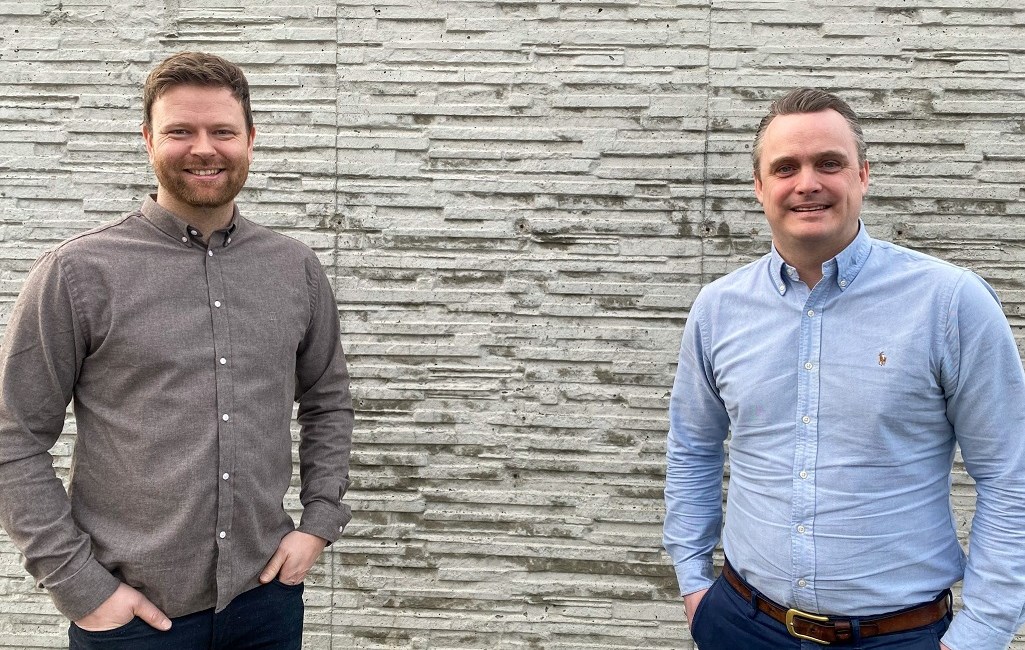Norway’s Havyard has received a contract from a European company to develop a new zero-emission ship concept for cargo transport.
Through the pilot project, Havyard said it will combine its expertise in hydrogen energy systems and ship design to develop a brand new concept for transporting cargo between European ports.
“The framework for this contract is to develop a ship that uses hydrogen-based fuel as its primary energy source while at the same time giving the client an effective and safe ship. The goal is to design a large ship that can sail longer distances with zero emissions,” Lars Conradi Andersen, Vice President Sales at Havyard, commented.
Hydrogen-based fuels must be stored differently than traditional fuels, since they require more space and different security systems.
Hydrogen solutions firm
In November, Havyard revealed plans to create a separate company in an effort to meet market demand for its complete hydrogen system for ships.
Specifically, Havyard Hydrogen AS is a spin-off of the company’s R&D work in the area of hydrogen propulsion for large vessels.
Kristian Osnes, Executive Vice President of Havyard, said the company is noticing a trend where the market demands specific zero-emission solutions, and he is looking forward to getting to grips with the challenges of combining the right technology with the right ship design for the European client.
“This is precisely the type of project that we need to expand the portfolio of zero-emission solutions into new ship segments,” Osnes noted.
Digital twin
As informed, the European player has enquired about Havyard’s vessel operations studies and the possibility of using Havyard Ocean LAB to create a digital twin of the ship and put it ‘in operation’ on a virtual ocean. This allows Havyard to experiment with hundreds of alternatives to clarify the basic size and framework conditions for the ship.
Havyard explained that client can then select the best alternatives and the process continues with quality assurance and documentation of the variables of the ships that have made it to the final round.
Finally, a digital copy is made of both the ship and the planned route including all information about weather and wind, current and wave data.
In this way, the ship has been in digital operation before it has even been built, and all adjustments can be made to ensure maximal efficiency in terms of both the environment and budget, Havyard further said.
Source: Offshore Energy






